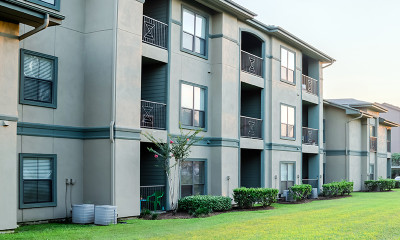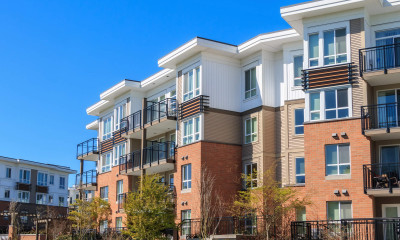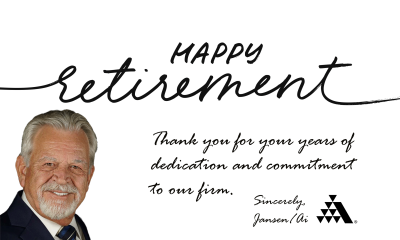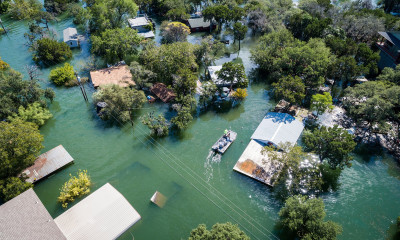Tips for Filing a Fire Insurance Claim
Recent estimates show there were 372,000 residential fires and $8.6 billion in property loss across the nation in 2020 alone. Fires can strike at any time, devastating property and leaving homeowners and their families and businesses and organizations unsure of what to do next.
It’s impossible to predict the devastation a property fire can cause, but it is essential to prepare for and anticipate the steps you must take toward recovery. Taking steps to protect your property before a fire occurs will go a long way when it’s time to file a fire insurance claim after the disaster.
Here are a few proactive steps you can take to protect your property:
1. Check your insurance policy regularly to ensure it is up to date, especially if you have recently performed repairs or renovations.
2. When you purchase new insurance, update your policy, or obtain new items, take a video to document exactly what you have, even down to incidental items, and save the video to the cloud. In the event of a fire, you will have visual proof of the specific make and model of your items, which will help you receive an accurate settlement.
3. Regularly check, clean, and maintain areas of your property that can pose a fire risk, including but not limited to ductwork, heating sources, electrical wiring and outlets, vent fans, equipment and appliances, chimneys, etc. Having a regular maintenance plan and keeping corresponding records can help you to reduce to possibility of sustaining property damage losses.
Ultimately, a fire can happen even in the most well cared for property. If you have experienced a fire in your home or business, carefully consider the many tasks and requirements needed for a full and fair settlement.
Here are Jansen/Adjusters International’s top tips for filing a fire insurance claim:
1. Prevent Further Damage
Property owners are required to notify the insurance company as soon as possible after a fire. After this, the first step after a fire should be to mitigate damage as soon as it is safe to do so.
Preventing further harm to your property will reduce the level of damage in the long run, while also protecting your insurance claim.
For a fire loss, mitigation can include boarding up windows, installing security fencing around the property, and tarping any holes in the roof that may have been created during the firefighting process.
2. Document and Assess the Damage
It might be tempting to clean up after a fire, but you’ll risk losing your evidence before the full extent of the damage can be documented. Preserve the evidence for experts to evaluate and take a video of your property following the fire. Along with photographs and detailed inventories, a video will serve as proof of damages to present to your insurance company.
Measuring and documenting the damage from flames, smoke, and water is a painstaking, labor-intensive process. If you didn’t take a video of your property before the fire, prepare a detailed inventory with your biggest or most expensive items, and mentally walk through your home or business to note all its contents.
The experts handling your claim, including the insurance company adjuster and your public adjuster, will evaluate the damage to create a loss estimate. Once this has been completed and it is safe, you can retrieve your salvable belongings from the property to avoid the chance of looters stealing any valuables that might have survived the fire.
3. Assemble Your Team
Assemble a team of experts to guide you through the recovery process. In an ideal world, you would have already researched, selected, and formed a relationship with experts, including a licensed public adjuster. If not, you should engage your post-disaster recovery team as soon as possible to represent your interests.
When assembling your team, remember to be cautious about selecting any restoration expert Unfortunately in many states, there are no licensing requirements for contractors and roofers. Don’t make a hasty decision you may regret later, including the possibility that your insurance won’t cover the cost the contractor quoted for repairs.
After a fire, you must have someone on your side to advise you on these choices and help with item inventories, damage assessment, and negotiating your claim.
Remember: your insurance company will likely want to settle your claim quickly, which may not be in your best interests. In contrast, adjusters represent only you, the policyholder. Therefore, we are motivated to dig into a claim, find hidden damages, and determine your best possible settlement and restoration plan.
For example, smoke and water damage can often be the biggest challenges in a fire claim. Undetected damage from smoke and water can linger behind walls, under flooring, and in the ceiling, leading to compromised structures and potential mold growth. A certified public adjuster can properly assess these damages thoroughly and ensure smoke and water damage are properly cleaned or removed, then advocate for the settlement you’re entitled to receive based on your actual property damages.
Should your home or business experience a fire, an expert public adjuster from Jansen/Adjusters International can help you navigate the insurance claims process to receive an optimal settlement. Contact us by clicking here or calling 800.992.7771.










